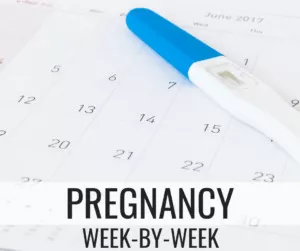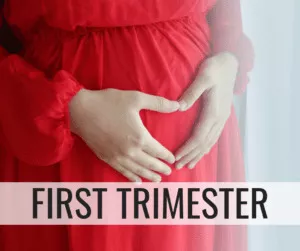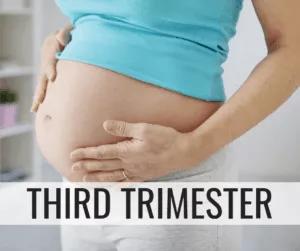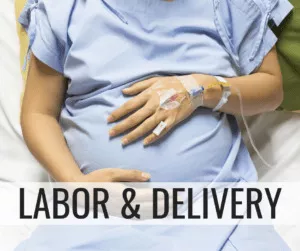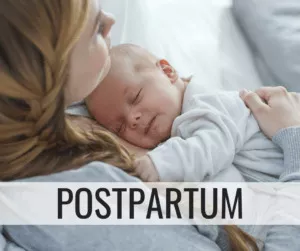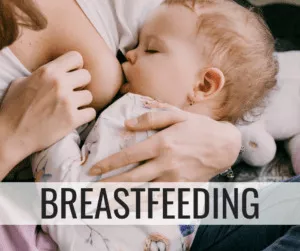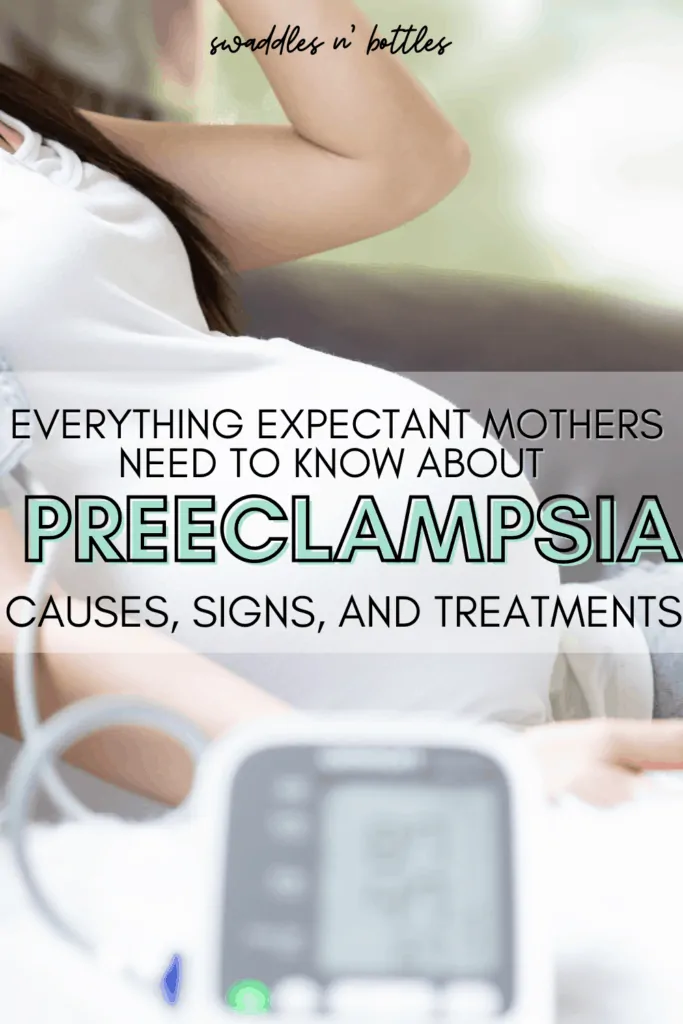
Pre-eclampsia 101: Causes, Signs, and Treatments
Research shows that pre-eclampsia incidence in the U.S ranges from 2-6% in healthy women. Of all the pre-eclampsia cases, around 10% occur in pregnant women. The global incidence of pre-eclampsia is 5% to 14% of all pregnancies.
According to the Pre-Eclampsia Foundation, in the U.S, pre-eclampsia affects 1 in 12 pregnancies or 5-10% of all births. Sometimes, it is regarded as a life-threatening condition for mothers and babies because it can lead to long-term health issues.
What is Pre-eclampsia?
Pre-eclampsia is a pregnancy condition or complication characterized by hypertension and damages to body organs, including the liver and kidneys. It can occur in women with normal blood pressure levels.
Usually, the condition begins after 20 weeks of pregnancy. It increases a pregnant woman’s blood pressure and puts her at risk of developing brain injuries. Likewise, pre-eclampsia can cause blood clotting, pulmonary edema, seizures, and even maternal and infant death if left untreated.

Causes of Pre-eclampsia
Several factors determine the causes of pre-eclampsia. Researchers say that the condition begins in the placenta, the organ that provides food and nutrients to the developing fetus throughout pregnancy. Early pregnancy involves new blood vessel development to supply blood, oxygen, and nutrients to the placenta.
A pregnant woman with pre-eclampsia has poorly developed blood vessels. The developed blood vessels are often narrowed and react abnormally to hormonal signals, limiting the supply of blood and other nutrients to the placenta.
The most common causes of abnormal blood vessel development due to pre-eclampsia are insufficient blood flow to the uterus, damaged blood vessels, immune system issues, and genes. Genetic variations can also lead to pre-eclampsia development.
Some risk factors that can increase the likelihood of developing this condition include pregnancy with multiple fetuses, teenage pregnancy, and pregnancy after 35 years of age, obesity, high blood pressure, kidney disorder, and diabetes.
Signs and Symptoms of Pre-eclampsia
Research shows that most women develop this condition without any symptoms. High-blood pressure, however, is the most common sign of pre-eclampsia in pregnant women. Other symptoms include severe headaches, excess protein in the urine, kidney problems, blurred vision, light sensitivity, and temporary vision loss.
Similarly, nausea, vomiting, thrombocytopenia (decreased blood platelets levels), impaired liver function, gastrointestinal pain, chest pain, decreased urine output, and shortness of breath due to fluids present in the lungs are other signs and symptoms of this health condition.
Pre-eclampsia can also cause swelling in the face and hands. It leads to sudden weight gain in most women, but it is not considered the most obvious sign of pre-eclampsia because weight changes also occur in normal pregnancies.
Effects of Pre-eclampsia on Mother and Baby
Pre-eclampsia can severely affect the mother, damaging her vital organs, such as the liver, kidneys, and brain. The effects of pre-eclampsia are long-term if it begins in early pregnancy. Besides damages to vital organs, it can lead to seizures and stroke.
Pre-eclampsia likewise has harmful effects on the baby. It restricts the baby’s growth in the mother’s womb. Sometimes, the condition leads to the premature birth of the baby. It can separate the placenta from the uterus wall and result in early delivery.
Infants born due to pre-eclampsia have higher risks of developing long-term health conditions, including cerebral palsy, learning disorders, deafness, epilepsy, and blindness. Babies who experienced poor development and growth in the uterus can develop high blood pressure, congestive heart failure, and diabetes later.
Treatments for Pre-eclampsia
Possible treatment options for pre-eclampsia include hypertension medication, corticosteroids, and anticonvulsant medications. Health professionals prescribe antihypertensive medicines to pregnant women to lower their blood pressure levels.
Health professionals usually do not treat blood pressure of 140/90 because it is not dangerously high. There are different types of drugs used to treat high blood pressure. However, not all of them are safe for pregnant women. It is essential to discuss with your health provider whether you can take antihypertensive drugs to control hypertension.
Doctors prescribe corticosteroids to pregnant women with severe pre-eclampsia or HELLP syndrome. These medications help improve liver and platelet functions and reduce the risk of premature birth.
Corticosteroids also help in a baby’s lung development. Moreover, anticonvulsant medications are used to reduce symptoms of severe pre-eclampsia. For instance, magnesium sulfate is an anticonvulsant drug to prevent seizures.
Final Words
Pre-eclampsia is a serious condition characterized by high blood pressure and increased risks of organ system damage. It can impair your brain, kidney, and liver function and lead to other complications like pulmonary edema, blood clotting, seizures, and even death. It is better to consult with your doctor and get proper treatment for it.

